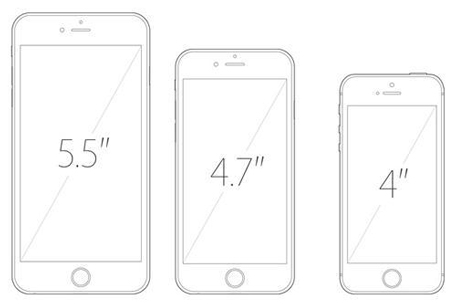Apple is apparently working on a new iPhone that could be released in 2015. To be precise, the new iPhone is actually nothing new as it’s just a rehash of the old 4-inch device Apple had until last year.
According to a recent report by 'Apple Insider', Apple is expected to launch three new versions of the iPhone in 2015 starting with the 4inch mini iPhone, the next version of the 4.7 inch iPhone 6 and a phablet-sized advanced version of the 5.5-inch iPhone 6 Plus.
Quoting Timothy Arcuri, an analyst at investment bank Cowen and Company, the report says that the new mini will, however, abandon its old shape and instead follow the new design pattern of the iPhone 6 and 6 Plus with curved edges. 
Reports also indicate that Apple could rework on the pricing pattern of the new mini by limiting the high-end features. Ways apple could do this is by opting for a low-end processor and camera.
“Without a serious price drop I do not see anyone opting for a 4-inch device,” says Salim Ahmad, one of the traders at Al Ain Centre in Dubai where iPhone 6 is currently one of the hot selling models.
In fact, the failure of the iPhone 5C can be mainly attributed to its flawed pricing strategy. With the price disparity between the iPhone 5C and the more advanced 5S nothing significant, sales dipped and Apple finally had to discontinue the model.
“Apple could either opt for a mini with slightly low-end features and price it low, or opt for a 4-inch device that is as powerful as the iPhone 6 and price it at a premium. The success and failure of the device will be simply based on the strategy it adopts,” says Ismael Khan, who exports iPhones to countries like Africa.

Many traders cross Dubai reported that the iPhone 6 is selling faster compared to the iPhone Plus.
Sales of Apple’s new models have increased across major markets.
In Europe alone a recent report pointed out that the sales of iOS devices during the third quarter ending Oct 2014 went up by 5.7 percentage points to 20.7 per cent, mainly because of the iPhone 6.
Android however continues to lead amounting to 69.4 per cent of all devices although the number fell by 2.5 percentage points.